National forest park in Conghua receives more titles as education base
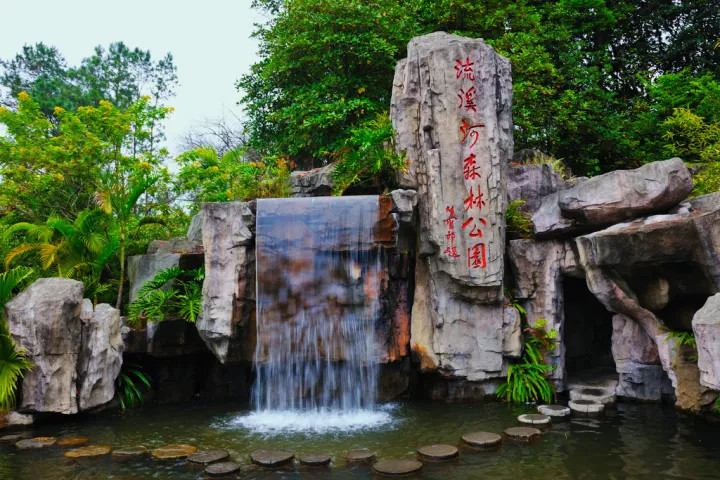
The Liuxi River National Forest Park located in Conghua has been accredited as a provincial education base on nature in South China's Guangdong province as well as a nature research education base for middle and primary schools in the province's capital Guangzhou.
As an innovative way to connect on-campus and off-campus education, the combination of nature education and field research builds up intimacy between children and nature through personal experiences and research-based learning. Thanks to abundant natural and ecological resources and diversified outdoor curriculums, the Liuxi River National Forest Park provides vivid knowledge of nature to students and triggers their curiosity about life as well as their desire to explore.
A kingdom of plants
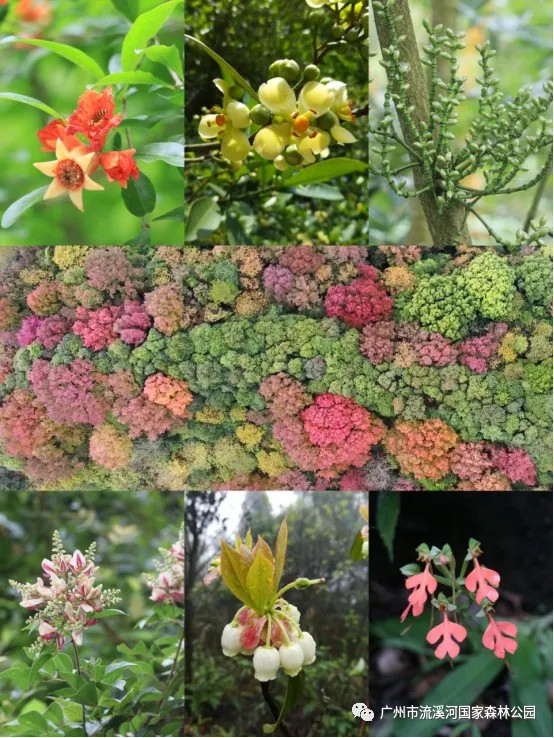
A total of 1,252 species of wild vascular plants have been recorded in the park, including 10 species of national class II key protected wild plants and 10 species of rare and endangered wild plants in China. The park boasts rich plant compositions with highlights of tropical plants of ancient origin, some of which date back to the Tertiary period or even older.
A sanctuary of wildlife
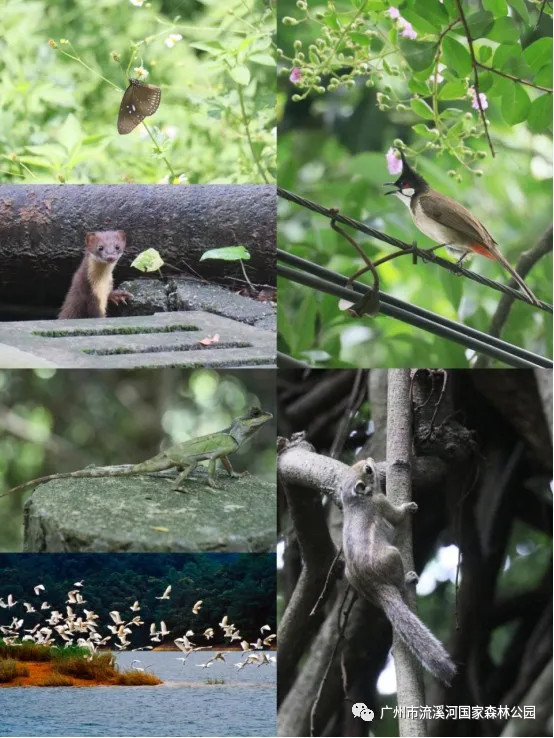
There are 255 recorded species of wild vertebrates in the park, 18 of which are amphibia, 33 are reptilia, 85 are ornitha, 41 are mammalia and 78 are fish. Birds are the most visible among all the species.
A comprehensive water system
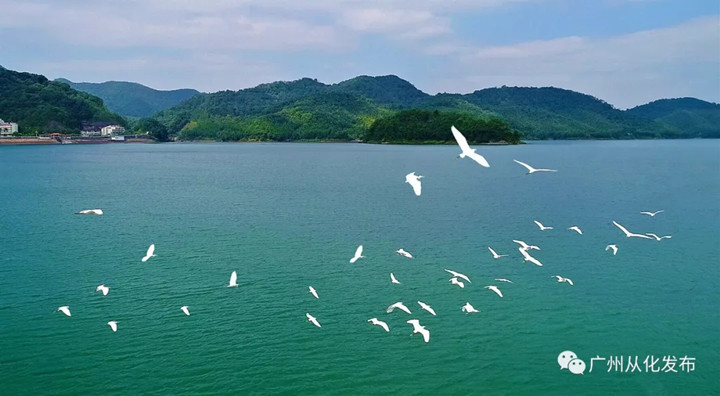
The Liuxi River, Guangzhou's mother river, runs through the national park. The Liuxi River reservoir was built in 1956 and became the main ecological resource of the park, taking up 15 percent of its whole area and featuring 22 islands and over 150 bays in different shapes and sizes.
An ancient mountain terrain
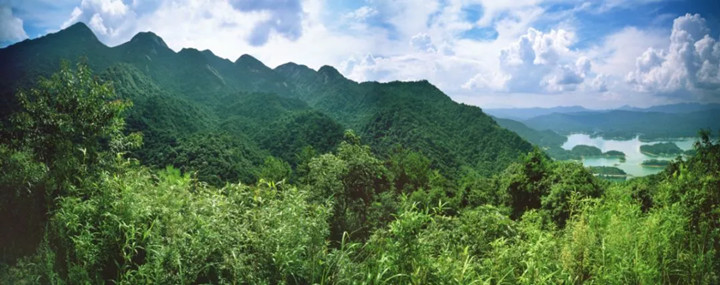
The national park is located at the junction of Nankun Mountain and Qingyun Mountain, which are both part of the Jiulian Mountain range and have typical topographic features of mountains and hills. A Red route in the park has been formed to simulate the Long March as a salute to the Red Army and a chance to learn from their spirit in overcoming hardships.
So far, the park has set up nine teaching sites in an education and research area that cover a variety of natural disciplines to show the children the beauty of nature.
